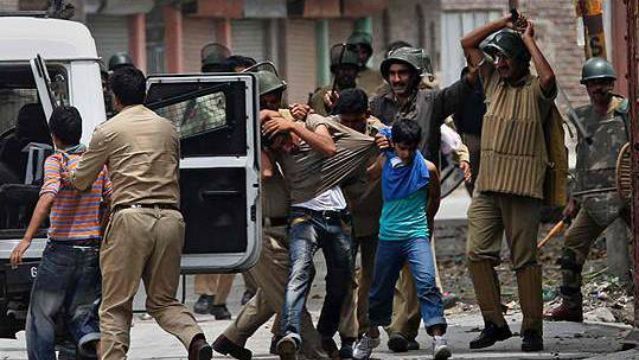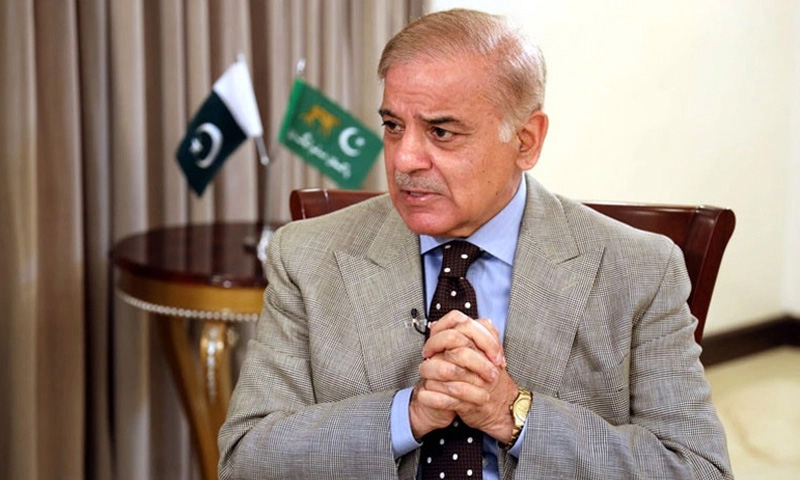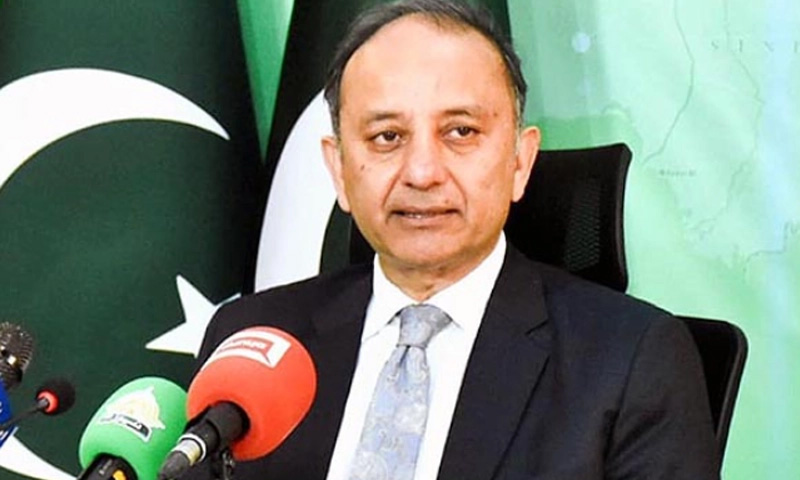- Web Desk
- 7 Hours ago
Global Peace Index 2025: Kashmir conflict as a nuclear flashpoint
-

- Web Desk
- Jun 24, 2025

SYDNEY: The Global Peace Index 2025 issued a stark warning regarding the escalating militarisation of Kashmir, designating the region as a critical nuclear flashpoint.
The report highlights the persistent conflict in Indian-occupied Jammu and Kashmir, where Indian military operations since 1989 resulted in the approximately 40,000 deaths
Read more: Kashmir, water security key themes of Pakistan’s 50+ US engagements: Sherry Rehman
The report details that India transformed the occupied territory into the world’s most militarised zone, contrasting sharply with Pakistan-administered Azad Jammu and Kashmir (AJK), which is home to only about 60,000 troops.
Among the alarming developments highlighted in the report it India’s unprovoked missile strike on Pakistan in May 2025. The Pahalgam incident had intensified concerns regarding India’s aggressive militarism and the potential for a nuclear confrontation that could extend far beyond Kashmir.
The Global Peace Index stressed that such actions could trigger a wider regional conflict, exacerbating tensions between the nuclear-armed neighbours.
An interesting aspect of the report is its terminology concerning the April 22 attack in Pahalgam, were the assailants are referred to as “gunmen”. The choice reflects a global hesitance to categorise Kashmiri freedom fighters as terrorists, challenging the narrative often propagated by India regarding the conflict and its participants.
The Global Peace Index 2025 further reveals that India has stationed hundreds of thousands of troops in the Indian-occupied Kashmir, effectively converting the Himalayas into one of the most militarised regions globally.
Since 1989, over 40,000 lives have been lost due to ongoing violence and military operations in the area. The situation escalated significantly in August 2019 when India revoked Kashmir’s special status under article 370 and 35A.
The region was bifurcated into two Union territories. The move then followed mass arrests, communications blackouts, and a substantial increase in troop presence, deepening the alienation of the Kashmiris and exacerbating human rights violations.
The report highlights the stark contrast in military presence between India and Pakistan in the region. The former has reportedly deployed around 500,000 troops in the occupied territory; meanwhile, Pakistan maintains only 60,000 troops along the Line of Control (LoC).
Similarly, local police forces in Indian-occupied Kashmir rose to an alarming 130,000, further emphasising the extent of militarisation.
In contrast, peaceful AJK under Pakistan exhibits no signs of extensive militarisation, highlighting the differences in governance and security approaches.
Indian’s Kashmir policy has been leveraged to stoke nationalist sentiment domestically, with the August 2019 revocation of autonomy framed as the realisation of a long-standing promise of national integration.
However, the report cautions that this strategy risks escalating the Kashmir conflict into a full-scale war, with potential unrest expected in both, India and Pakistan.
It also raises alarms about the serious threat of anti-Muslim violence within India, which could further destabilise the region.
Read more: Indian vets to be re-deployed as security guards in Kashmir
With a military presence comprising half a million troops, local police, and specialised forces such as the Rashtriya Rifles, India has effectively transformed Kashmir into what the report describes as a “military case”.
Such a precarious situation highlights the ongoing struggle of the Kashmiris under what it described as fascist control. The Global Peace Index 2025 warns that the likelihood of conflict in the region is highly probable within the next year.




